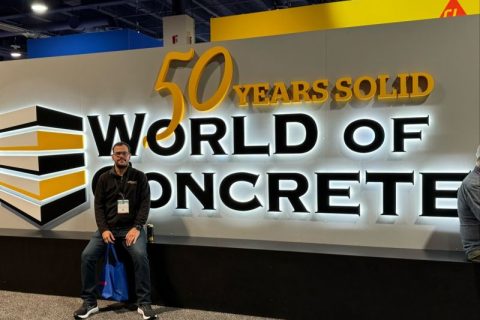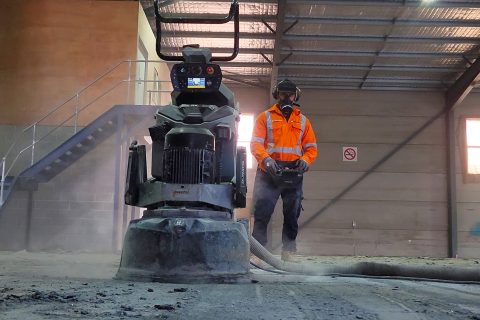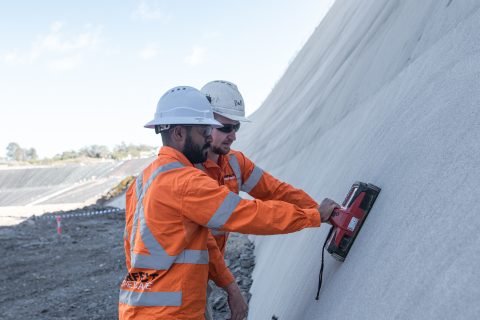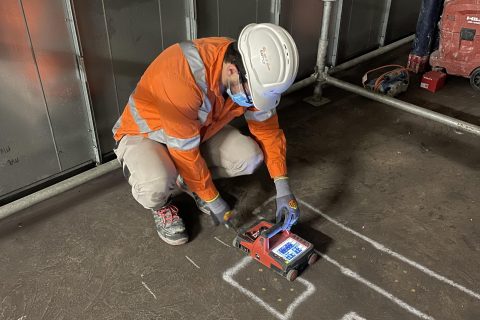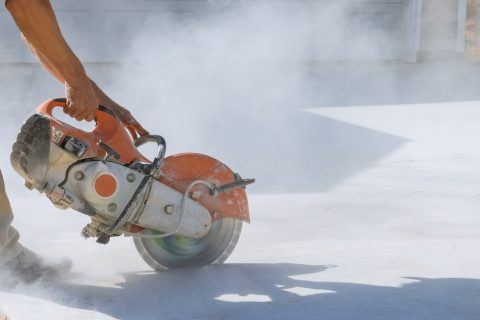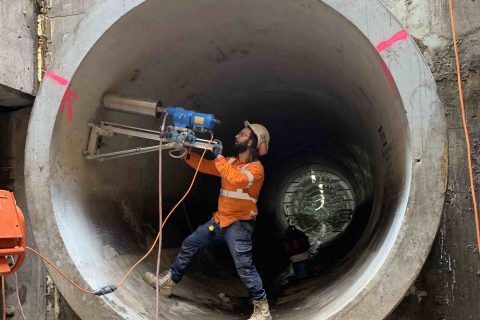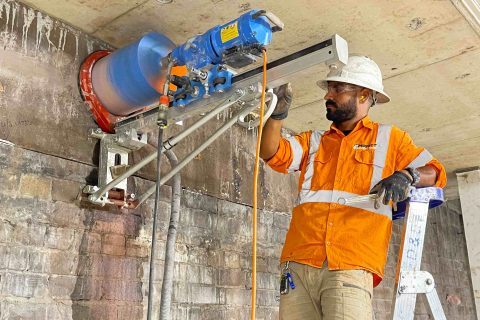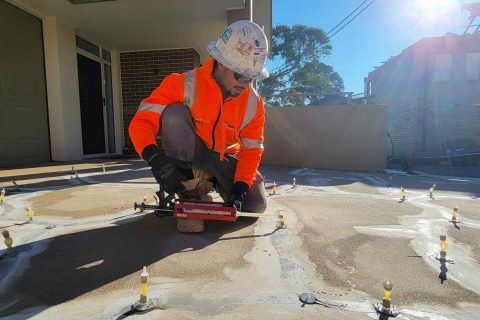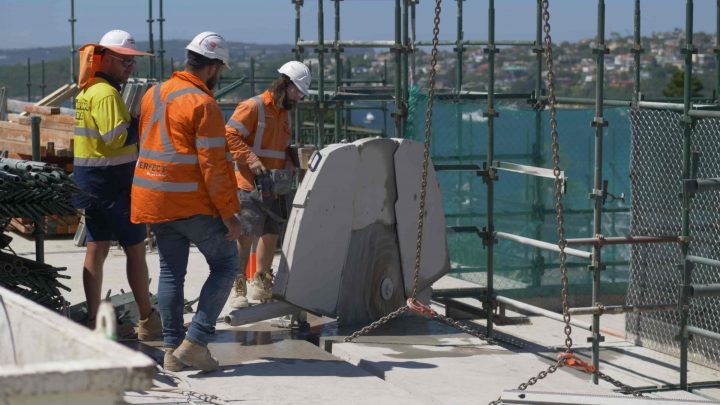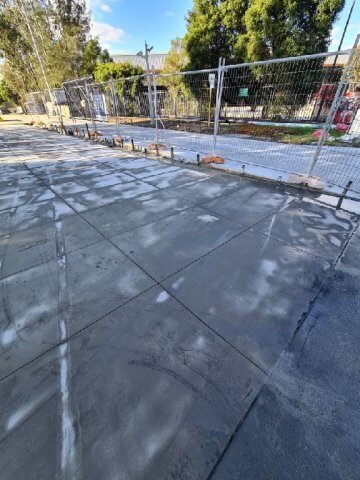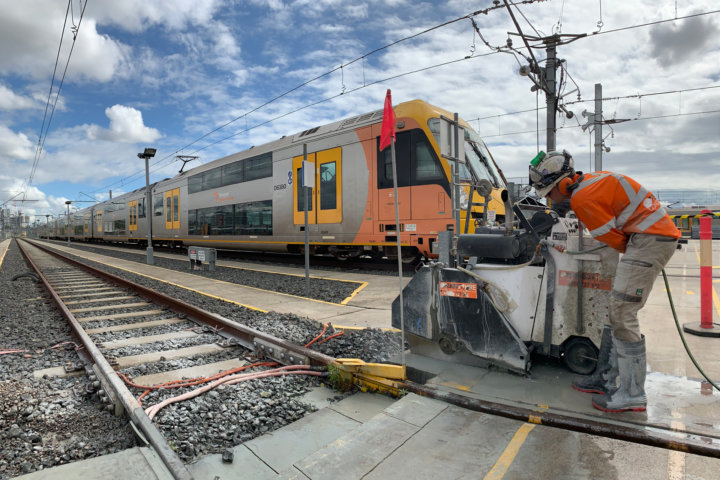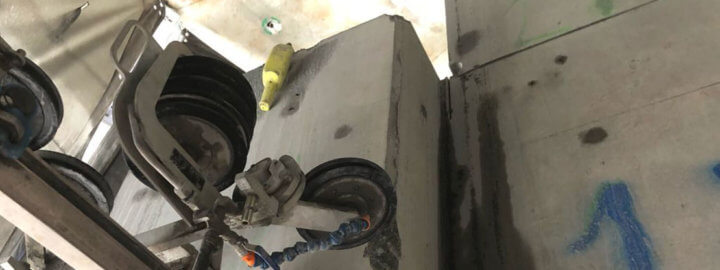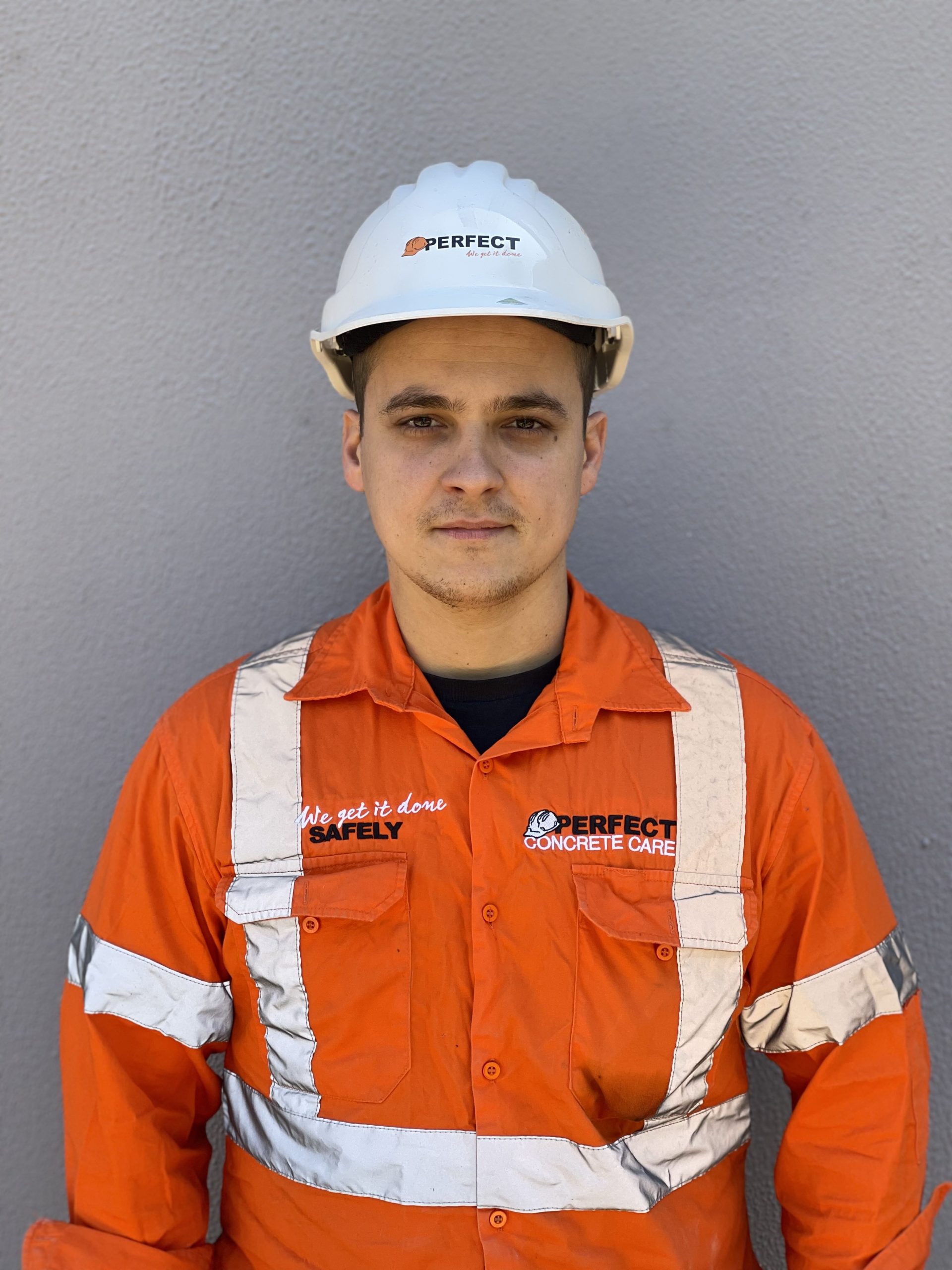By Daniel Green
Contrary to popular belief the initials HF do not refer to high end speaker components! In the universe of concrete cutting anyway. Also known as high-cycle or high-powered electric, High-Frequency saws are the Mercedes G-Wagen of the concrete sawing world. The AMG 6.3 Biturbo. Sophisticated and tough. Technologically advanced and with full beast mode.
The Olde Dayze
Traditionally, electric powered anything on an Aussie construction site was viewed with skepticism. Mechanical and hydraulic machinery was king due to its reliability, durability and power. The assumption was that electrical components weren’t hardy enough for ‘real work’, despite their clear energy efficiency advantages [the world hadn’t yet become energy conscious]. At the time these beliefs were right, especially as the technology hadn’t yet been developed to counter them. Even when other markets evolved to the use of electrical machinery, our dinky-di operations remained firmly in the hydraulic and mechanical camp.
A Paradigm Shift
However, like worn saw blades – trends shift. The development of newer, faster circuit boards and electrical components brought in reliability and toughness as yet unseen in heavy construction machinery. Almost two decades of these advancements paved the way for the paradigm shift necessary for an electrical heavy machinery market to even exist. And despite the dyed-in-the-wool mechanical and hydraulic operators – here we are in 2022 with a thriving saw industry who’s high frequency sales grow by the month. The winds of change are a’blowing.
Initial resistance within the community of owners and operators was psychological. Electrical components were always ‘weak’, both physiologically and in terms of longevity and abuse. The mindset was that even industrial-scale electrical machinery was akin to say a television remote – if you dropped it, ran over it or flooded it with water then it would catastrophically fail. Conversely, a hydraulic or mechanical saw was more like an old Holden red motor: even with no oil, no water and no clutch it would still get you home. Electrical-water contact concerns were addressed with waterproof connectors and sealed bearings & units.
Further wariness came from the feedback mechanical and hydraulic systems would give to the operator. Through the machine you could literally feel the machine as it worked, laboured, free spooled or encountered steel reinforcement. In contrast, an electrical system – especially a modern one – self adjusts speed, torque and depth upon detecting resistance in the parent material.
Can’t Argue With The Facts
As time and technology advanced, users became accustomed to – even thrilled with – the advantages of high frequency saws. The more cut time electrical saws experience allows more information to be analysed, giving more accurate datasets and refinement of operational parameters. One of these parameters is cutting efficiency. In truth this ought to be the cornerstone of all analysis – at the end of the day, the cut per minute rate is what the entire industry is built on.
Heavily scrutinised testing has shown that compared to hydraulic systems, high frequency saws have twice the efficiency. Not to put too fine a point on it but for the sake of clarity a job that you quoted 8 hours for can be completed in four. Not only does this translate to either double the income or half the workload, but also half the operational costs.
The source of all this wizardry is because HF systems are much more efficient at converting input energy into power at the blade. Power wastage on an extremely efficient hydraulic system is around 50%, whereas on a HF system it is a mere 10% or less. For example, ordinarily a 75hp combustion engine is needed to successfully operate a hydraulic wall saw. For a high frequency saw to make the same cut only needs 45hp fed into a 30Kv generator! When scaling up the margin widens, as does the decrease in transportation costs due to the smaller power unit size.
The Nitty Gritty
Digging deeper into the gains of high frequency saws over hydraulic ones exposes the efficiencies of electrical motors as a whole. Primarily, electrical motors have a flat torque curve, meaning that almost all the cutting power is applied from 0rpm onwards. Achieving the same result with a combustion engine requires slowly introducing power to prevent stalling. This is because as blade speed increases, so does cutting resistance. The engine ramp up phase cuts slower than when the engine is running at cutting speed and this is one of the primary efficiency losses. One of the secondary losses is the adjustment of blade speed as unexpected material is encountered in the cut. The hub sensor on the HF system detects any loss of blade speed within 0.02 of a second. The ECU adjusts cutting parameters and returns the signal in the same time, resulting in trimming within 5 milliseconds. A hydraulic or mechanical system simply cannot keep up – even if it was operated by Elon Musk. It is merely the operational nature of the machine. This nature cannot be engineered out with further developments, this is just the science of fluid dynamics. In the HF system this constant feedback loop between the hub speed sensor and the ECU allows for constant trimming – it is this that brings the greatest efficiency gains.
Its Just Gets Better
One of the flow on effects of the feedback loop is greater maintenance schedules. Humans are flawed, and at times we are at the whim of our emotions. In terms of cutting efficiency, a frustrated operator may drastically increase blade speed to get through an area of high resistance. Other factors like time and personal circumstances may make an operator use unnecessary force. Both are enemies of efficiency and will inadvertently result in shorter maintenance cycles, the outcome of which is greater cost. When a HF unit is left to adjust its torque and speed then it can outthink human error and slow uptake brought on by fatigue and other factors. Another positive outcome is a reduction in wear items. The same human errors that cause more frequent maintenance result in recurrent replacement of cutting discs, bearings, lubricants and other consumables. Data shows strong trends that cutting discs are replaced significantly less on HF saws than on hydraulic or mechanical machines.
Further productivity gains have been witnessed during machine assembly and disassembly as well as operator fatigue. Comparatively speaking, a heavy duty hydraulic unit will utilise 1” supply and return lines. Depending on the length of the cut, these hoses can bear a significant physical load as they are often ‘shouldered’ by the operator to make them safe. A 1” ID hydraulic hose will weight 3kg/m when full. This may not seem heavy but with continual movement over a full workday and this adds significant operator fatigue. Comparatively speaking the same circumstances on a high frequency saw will see a reduction in feed line by half.
A Lean Machine
Hydraulic saws are almost twice the weight of a comparable HF unit, meaning a reduction in transport impact both in-vehicular and across site to the cut. Further manoeuvrability can be achieved due to the modular nature of the HF units. This makes them far more versatile and portable than a comparable hydraulic or mechanical machine.
Because the high frequency saw can achieve more with less power, it is smaller. This compact design means it can achieve cuts where space is a premium. It can cut in places that a hydraulic saw dare not venture. This is positively compounded in two ways: a] the power unit is smaller and so can accompany the saw into tighter quarters, b] this reduces cabling and therefore cost. A hydraulic machine negatively compounds this in that it will need longer hydraulic lines to access the saw, should it be in a difficult work area. In extreme cases the pressure can drop over the length of the line therefore necessitating a larger power source to achieve the same cutting efficiency. This of course means more running costs in terms of fuelling and environmental impact. One last advantage of the compact nature of the HF saw is that in most cases it can be carried by one operator. The opposite is the case with hydraulic and mechanical systems.
In Conclusion
This article makes a very strong case for high frequency saws. The evidence against the older tech of hydraulic and mechanical cutters seems insurmountable. However, there are disadvantages. Namely water. The HF saw is water resistant, the nature of wet cutting and the resultant slurry demands it. However should things go awry, mechanical and hydraulic saws can run virtually underwater. Sometimes it is just not advised to run three phase power.
If you’d like more information on high frequency wall, wire or demo sawing please contact Perfect Concrete Care on 02 1784 9701.
Perfect. We Get It Done.


